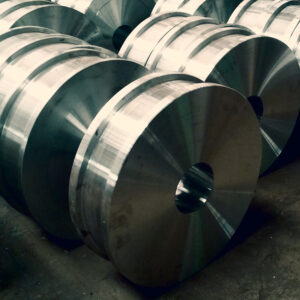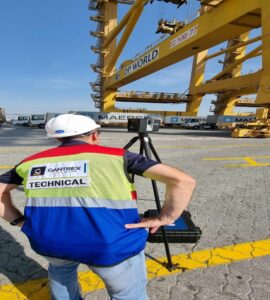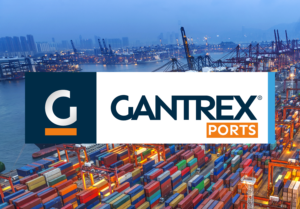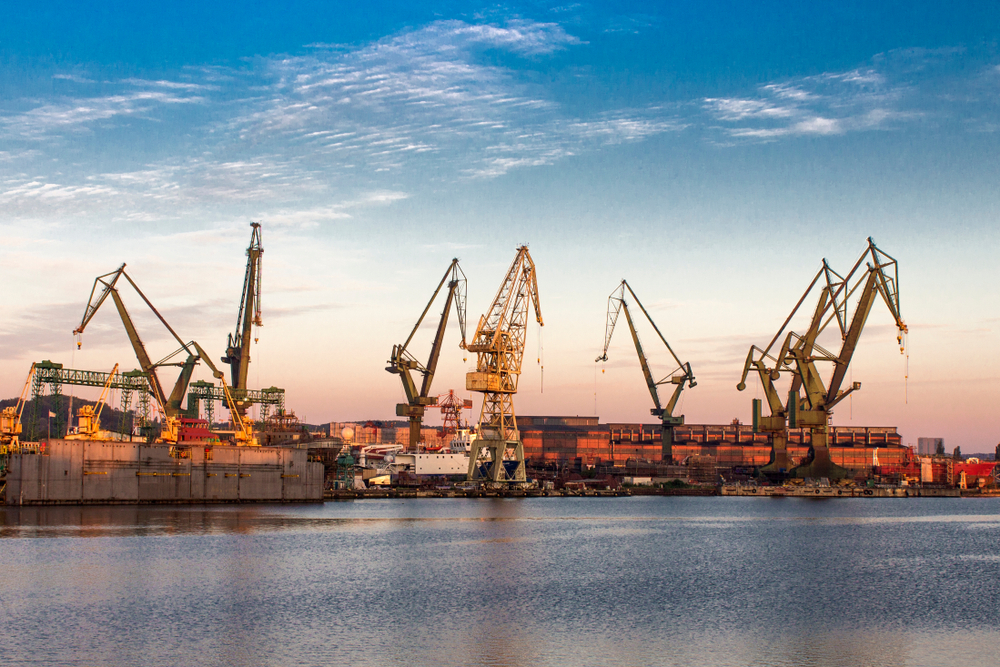A crane at rest is a costly crane. A crane that is not moving as fast as it safely can, for as long as it safely can, is costly too: it’s not making as much return on the capital used to build it as it could.
Port operators know that anything that keeps cranes moving contributes to the throughput of their terminals and hence their profitability. Anything that slows or stops cranes moving does the opposite: throughput falls while capital equipment lies idle, depreciating as operators watch.
The challenge for port operators is twofold. The first is that the nature of their business is to move large masses quickly in a challenging operating environment.
The second is that some of the equipment used in such environments has intrinsic features that make it vulnerable to the effects of rough handling. The
combination of these challenges can lead to unscheduled stoppages for repairs, as well as requiring the implementation of scheduled maintenance programs. And that’s costly.
For example, a modern crane mounts its lifting mechanism on a trolley that runs on rails fixed to a gantry mounted up to 60m above ground level. The gantry has a hinged boom that can be swung up, out of the way, when ships are docking and undocking. When the boom is level, it can extend more than 60m beyond its hinge point to reach containers stacked on the far side of the biggest ships. The crane’s operator sits in a cabin that is mounted to the trolley.
Article published on October 2021, in the “Innovative Container Handling” Edition of Port Technology International – PTI









